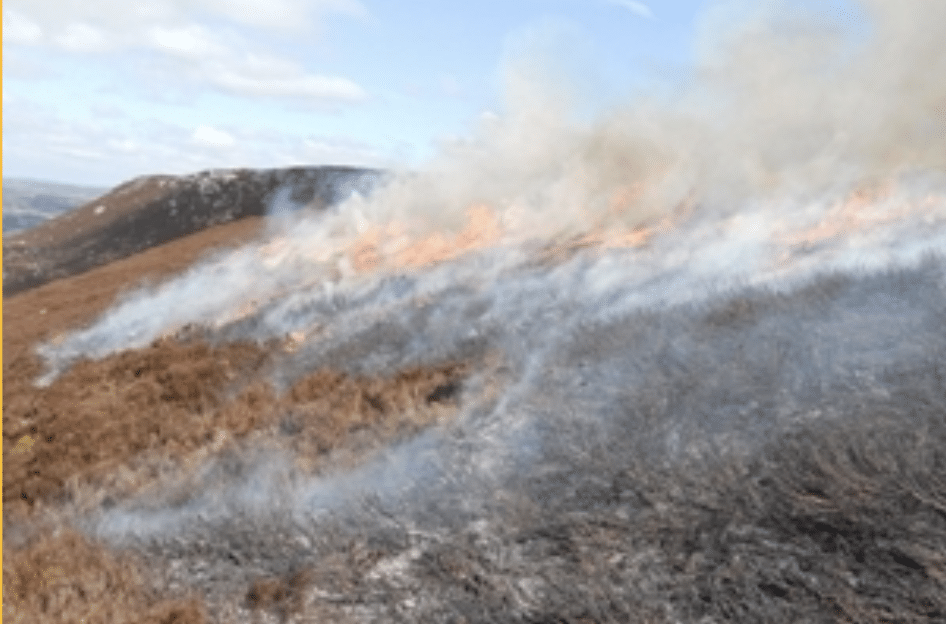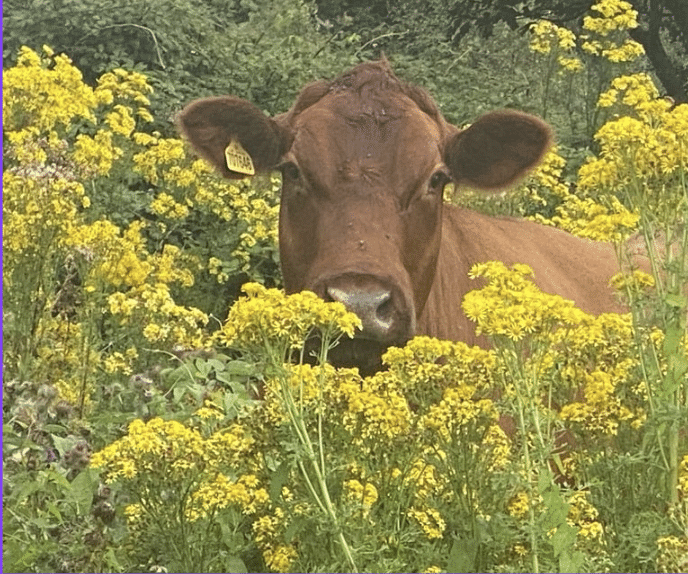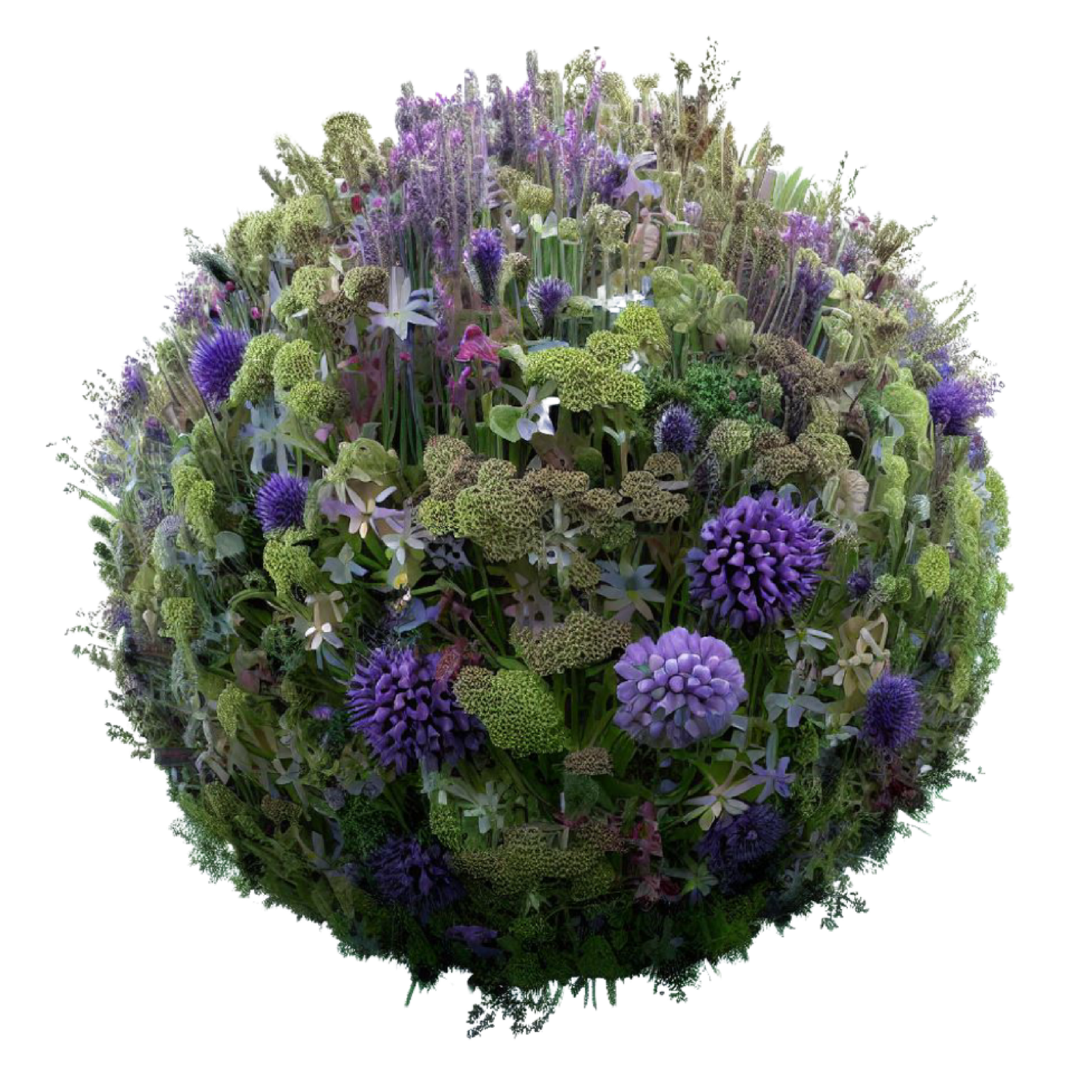Are fires the best way of getting rid of garden waste or clearing landscapes? I believe that the answer is generally ‘no’!
But garden bonfires are ubiquitous and even conservation bodies are using burning as part of their land management plans – for example burning the brash from hedge-laying or trimming and site clearance of heathlands, as well as targeting unwanted plants such as bramble, pine and rhododendron.
People love bonfires – and it’s something that we’ve done for millennia. It’s even built into our traditions with bonfire night, beacons and clear-up days. And, it appeals to our ‘tidy’ culture as it is considered to be both time and space-efficient.
However, there are some very good reasons why we should rethink what we’re doing.

WHY SAY NO TO BURNING
Climate change: Fires produce ‘greenhouse’ gases such as carbon dioxide which add to global warming and this in turn causes more wildfires, even in the UK!
Biodiversity: Garden waste, branches, and other vegetation are important habitats for insects and other wildlife and they can hibernate on leaves and twigs, under bark and in lichen. Birds too will feed on the grubs and vegetation, so it is a critical part of the food chain – and even below ground fires can kill off beetle larvae and destroy the microbial layer.
Health: Studies have shown that garden bonfires, that include green waste, release up to 30 times more particulate pollution than burning with a log burner. These particles are linked to respiratory irritation, shortness of breath, and sore eyes as well as worsening more serious conditions such as asthma and lung and heart disease.
Nuisance: Bonfires don’t just affect the people who are making them but neighbours too. As well as the smoke drifting into gardens, across walkways and highways some particles can drift a significant distance affecting air quality.
Fire hazard: There are lots of examples of burning getting out of control, leading to wildfires which cause serious damage to woodlands and other landscapes. Often this is a consequence of fires not being fully extinguished and igniting long after people have left.
Toxic substances: Household waste and treated fence panels are commonly burnt in garden bonfires leading to toxic emissions.

WHAT ALTERNATIVES ARE THERE?
- Leave it: Nature is not tidy. Leaving piles of garden debris where you’ve cut them or at the margins will provide a useful habitat for wildlife and will break down naturally.
- Make a dead hedge: These are great for hedgehogs and other wildlife and can look attractive too – come and see our wonderful dead hedge! (Our next Wilding Weekend is on 15th & 16th June, 2024)


- Fill in hedges: The most efficient way of disposing of cuttings from hedges is to put them back into the hedge to fill in the gaps. This doesn’t take up any extra space and enhances the existing hedge which will grow up around it.
- Use large logs: Larger logs can be used for wood-fired boilers or wood-burning stoves – in rural areas. Otherwise, simply create log piles and allow the wood to rot and be appreciated by the insects.
- Give it to the Council: Most councils will collect garden waste for a minimal cost. They will then compost it and produce soil conditioner, which can be sold back to gardeners – a circular approach.

IT’S AN INFLAMMATORY ISSUE!
Tackling the issue of burning is not straightforward and is hugely controversial. It is certainly argued that there are some situations where it could be the best environmental solution but opinion is sharply divided.
For example, conservation bodies such as the National Trust and The RSPB have been at loggerheads with proponents of burning on grouse moors, who say that controlled burning can be the best approach to stopping wildfires. But neither organisation have suggested that there are no circumstances where a fire might be a good solution. See this paper from the RSPB.
Burning invasive species is another area of controversy. Here are some examples of plants in the firing line:
Japanese knotweed: Burning this highly invasive plant is unlikely to be effective because the real issue is whether you have left part of it below the ground to sprout again. Much better to send it away for professional disposal.
Ragwort: It is commonly advised to burn ragwort because it can be toxic to horses and cows. However, as the photo shows animals can live happily with this plant and won’t eat it because of the bitter taste. The key problem is if it gets into hay. If there’s no chance of that we should be embracing ragwort because it is wonderful for wildlife. If it is in a hay field, the best approach is to dig it up.
Rhododendron & poison ivy: Rhododendrons are also commonly burnt because of its toxicity. However, poisonous plants are generally more dangerous when you burn the. Poison ivy and oak are even worse so it’s worth reviewing alternatives.

MY THOUGHTS
As I’ve demonstrated in this post, I believe we need to do a lot less burning. I can’t bear seeing the proliferation of garden bonfires and I’ve been shocked to discover conservation bodies using fire when it’s clearly not good practice. I wonder if they may be right at other times – I’m not sure.
A review: Surely, what’s needed is a thorough review of the use of fire in land management. When does it make sense and when doesn’t it from an environmental and health perspective?
Policy guidelines: We then need a set of policy guidelines issued to all regional conservation bodies, such as the Wildlife Trusts, to ensure they’re all singing from the same hymn sheet.
Public education: Information on the alternatives to bonfires should be widely circulated in the press, in garden centres and even through local government.
Government legislation: Perhaps we need government legislation to back up the conclusions from the review.
Let me know your thoughts, although please don’t be abusive. I’ve been on the receiving end of some rather heated discussions on this issue and I don’t want to be burnt!



